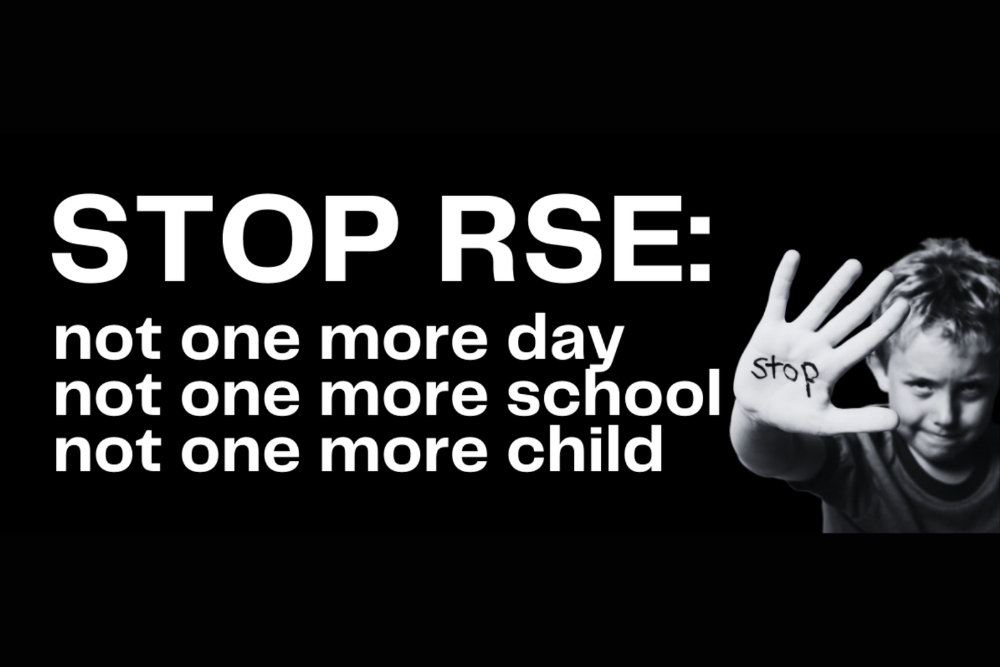By: Amir Tsarfati
We are watching historic changes taking place in the world. Often, before a big earthquake there will be a series of smaller temblors called foreshocks. For instance, in Israel the past 30 days have seen four minor quakes. These have triggered concerns among some authorities that a major earthquake may be on the horizon. The same is true in the geopolitical world. Shake-ups will occur within countries or between nations, all leading up to the Big One – a global event that rocks the planet.
It’s hard to know exactly when this round of international quakes began, but we can certainly see them increasing in strength. There has been a profound moral erosion in a great many of the world’s nations. Cultural division has segmented many populations and has often expressed itself in violent ways. Elections in numerous countries, particularly in the US, Israel, and a number of European nations, ushered in new, weak governments. Then came a strong quake that shook the global landscape. The US executed a humiliating pull-out from Afghanistan. At that moment, the established superpower hierarchy collapsed sending shockwaves throughout the world. But despite the magnitude of that shake-up, the Big One is yet to come.
How do all these changes relate to what we are seeing with Russia and Ukraine? This border conflict, which might lead to all-out war, is another foreshock that could potentially usher in the Big One. What is the Big One?
What we are watching now is a move that Russian President Vladimir Putin has been planning for many years. We know this because since 2014 Russia has built up its wealth funds, decreasing its dependence on foreign investors and moving away from a reliance on the US dollar and other currencies. He has also been playing a long game in creating a European dependence upon Russian gas. The previous US president understood this and worked to not only make America energy independent but insisted that its European allies break away from Russian energy. He also supported the EastMed pipeline which would carry Israeli gas through Cyprus to Greece. This would act as a counterbalance to Russia’s Nord Stream 2 and would serve as a way for Europe to support and lean on its allies rather than its rivals. The new president, however, reversed course on those strategies. As a result of these long-term tactics, Russia knows that it is strong enough to withstand most sanctions that will be brought against it. Moscow also knows that any sanctions that are put into effect will not be strong, because all they need to do to get Europe to bend to their desires is to threaten to turn off the Nord Stream 1 pipeline.
Again, Putin has had this plan in place for a number of years, but the timing wasn’t right. Why? Because of who was in the White House. The previous president killed General Qasem Soleimani, the commander of the al-Quds Force of the Islamic Revolutionary Guard Corps (IRGC) and most powerful military leader in Iran, and suddenly there was peace in the Middle East. For this and other reasons, the nations of the world were always a little nervous around that president, which is a good thing when it comes to geopolitical diplomacy. The new administration, however, has none of the same strength or reputation. The world sees that Iran is not being held accountable as it increases its uranium enrichment. It sees that China is not being made answerable as it constantly trespasses into Taiwanese airspace and makes its own preparations to move forward toward “reacquiring” the island country that they believe to be their own. Putin sees these situations and he witnessed the Afghan debacle and has now decided that this first winter after the Afghanistan pull-out is his time to move.
What is Vladimir Putin’s goal in all this? Is he really going to invade? I don’t know. I do know, though, that his primary reason for this stand-off is not to reannex all of Ukraine. What does he want? First, he wants to ensure that Ukraine does not become part of NATO. If it does, then he knows that he will soon see US bases with US fighters and US bombers and US missile launchers right on his doorstep. Remember the fear surrounding the Cuban missile crisis that led to the Bay of Pigs incident? The US did not want Russia right on its border. This is the reverse of that. In addition, Putin wants the US and NATO to return to pre-1997 membership when no former Eastern Bloc countries hosted foreign armies. He wants the seven US bases dismantled, the nukes removed, and a commitment that NATO will not expand any farther eastward. However, it is possible that if Ukraine simply agrees to not become part of NATO or if the US commits to not allowing Ukraine to join the alliance, then this event very well might blow over.
That may be the best solution. Yes, it will give Moscow a win, but they are going to win either way. If America and Europe give in to Putin, it is political suicide for many of the leaders involved. However, saying no to Putin could very well be military suicide. The countries of Europe have become so dependent upon NATO (i.e., the United States) for their defense that they have allowed their progressive pacifist doctrines to decimate their militaries leaving them with no armies or just small “boutique armies”. Russia, on the other hand, has built up its military to a massive size. The US has already said that it will not intervene militarily, because they understand nuclear escalation. Russia is so spread out that it might survive a nuclear attack. America as a cohesive nation will cease to exist with just five or six cities being taken out. Because of so many recent poor decisions, there is no path to victory for the US and Europe. There is only the lesser of two evils.
I don’t know how the Russia/Ukraine conflict will end. I do know, though, that there will soon come a day when an Israeli attack on proxy militias in Syria or an airstrike on Iran’s nuclear facilities or a desire for Israel’s massive gas fields will trigger a now emboldened Russia to attack.










